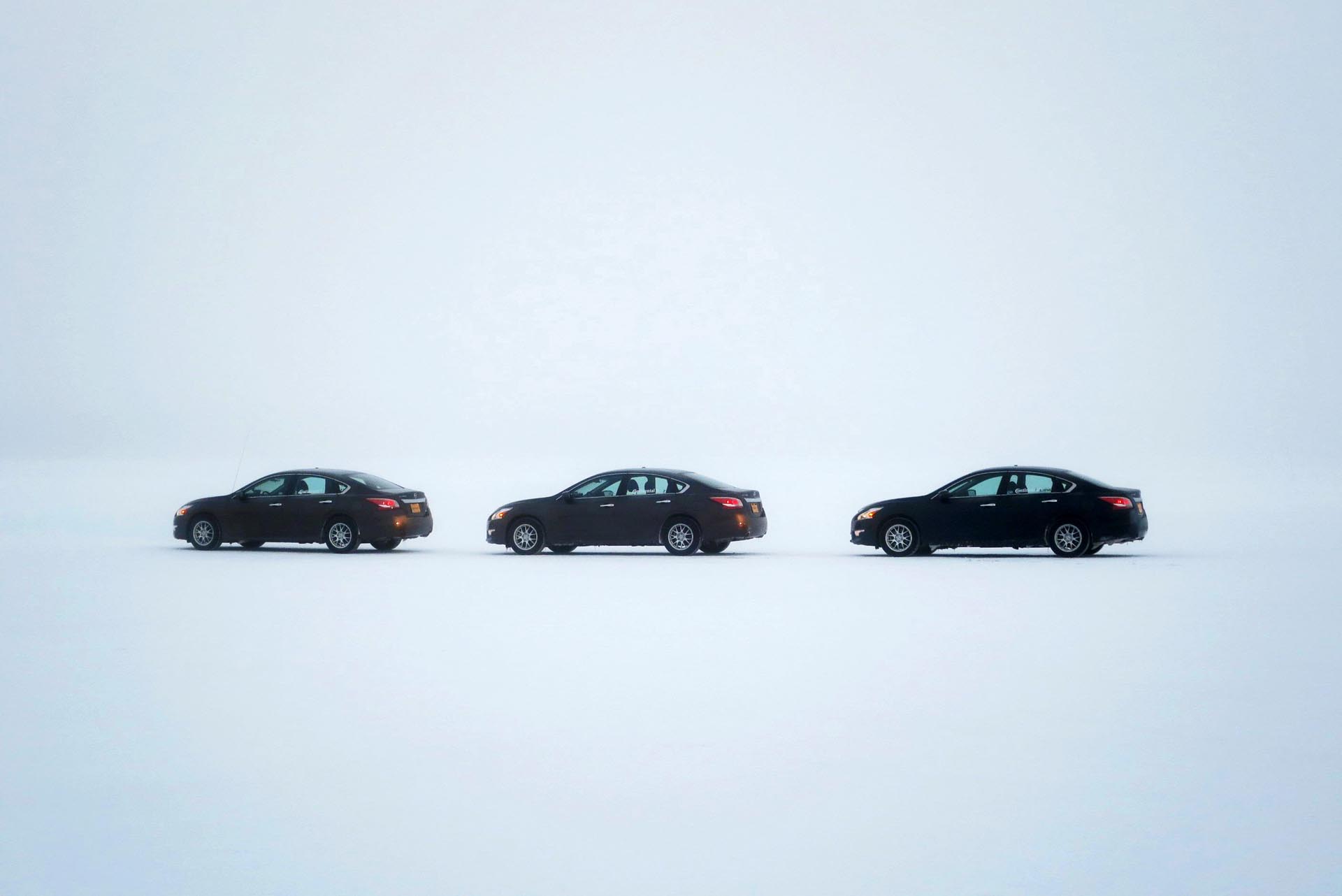Many Canadians look forward to the winter months so they can enjoy hobbies like skiing, skating, snowmobiling, or just drinking by the fire. We might be used to the harsh conditions we face annually, but those conditions are particularly hard on our cars.
When the mercury drops, cars get grumpy. For starters, the cold weather can practically freeze the chemicals in a battery, making it much more difficult to start a car. Even if the car does start, the engine might take longer to warm up and it doesn’t feel as smooth due to the oil that’s thickened up in the cold temperatures. Ice can build up on lights and cameras, impacting visibility and safety systems. And, of course, we have to mention the slippery winter road conditions that can be downright dreadful. Fortunately, many of the cars that Canadians depend on are thoroughly tested to deal with the cold. Many automakers do their cold weather testing right here in Canada to ensure the vehicles can handle the tough conditions.
“Canadian weather conditions present unique challenges that our customers experience on a daily basis,” said Malaka Peris, Quality Assurance Analyst at Genesis Motors Canada. “Canadian winters can be quite harsh and variable, so we want to make sure that all Genesis products hold up to a certain standard so that our customers are satisfied.”
Peris, along with Genesis engineers and technicians, spend at least a week to winter test their products in the Canadian Prairies, Northern Quebec, and Ontario with a pre-production vehicle. The conditions here are regularly below −30°C, and that temperature is far from the ideal climate for cars.
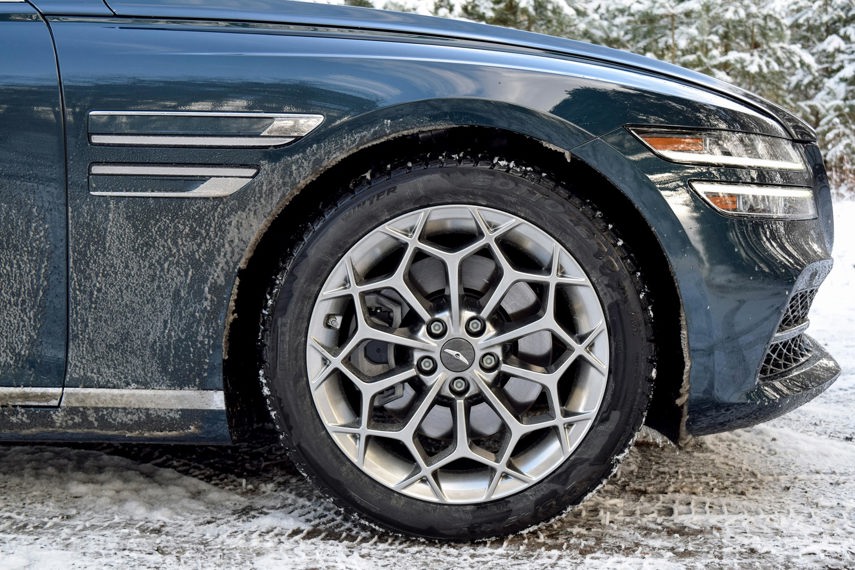
What’s the Big Deal With Cold Weather?
At those temperatures, all kinds of components suffer. Oil and lubricants can thicken in the cold, making it tough to start up and warm up an engine. Batteries can lose their output, further impacting a car’s performance at start-up. Tires can lose pressure and LCD screens can become slow to update. Simply put, testing the vehicles in the chilly North allows engineers to see how their latest products fare and how they can improve when the temperature drops.
Before you get all doe-eyed and think winter testing is all about doing doughnuts on ice, Peris’ work is far more consumer-oriented. He explained that his team focuses on issues like how long it takes to warm the cabin up, the time it takes to clean the windows and windshield, how quickly heated mirrors, seats, and steering wheels warm up, and how the traction control and drive modes behave in snow and ice.
The reports from Peris’ team are sent to Genesis HQ, where they can use the learnings from the cold weather testing to put the final touches on the car. In the case of the G80 sport sedan and GV80 crossover, Canadian buyers get several standard features to make winter more palatable. Features like heated seats and a heated steering wheel, for example, are all standard, and you can find comfort in knowing that Peris’ testing ensured they work quickly and effectively, even during the coldest days of the year. In Canada, the G80 and GV80 come equipped with standard all-wheel drive, and the GV80 even gets a nifty terrain select mode that other markets don’t get that features a snow setting for extra confidence in the slippery stuff.
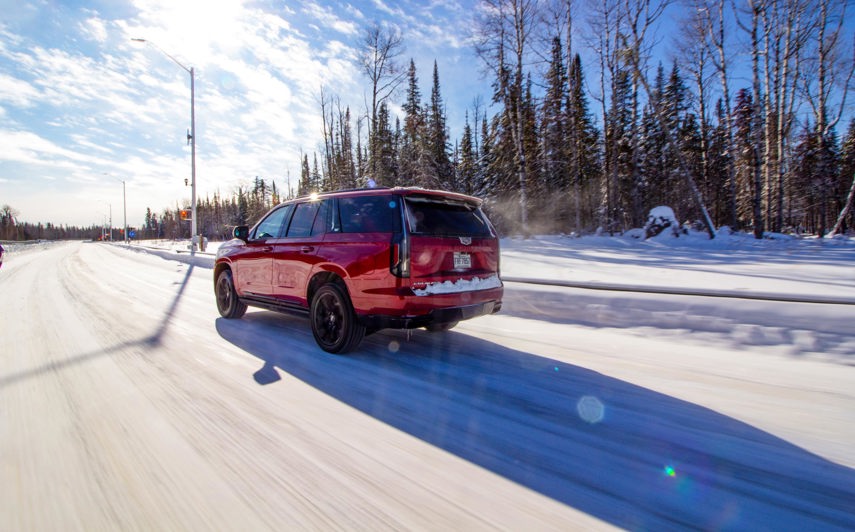
General Motors’ Dedicated Testing Facility in Ontario
General Motors has a whole facility dedicated to cold-weather testing in Kapuskasing, Ont., where the average temperature in February and March can dip to −35°C.
Every car GM designs for the North American market has to complete winter testing and will likely go through this Kapuskasing facility.
“Our typical test cycle entails four months of cold-weather exposure,” said Connor Sutton, Cold Weather Engineering Test Team Leader. “We test the vehicles 24 hours, seven days a week throughout these cold winters.”
He explains that they have two testing streams at the facility. One focuses on durability and testing how the cold weather affects the longevity of various components. The other stream is the engineering testing, where dedicated teams of engineers that work on a specific component can look at how that particular item performs in the cold temperature and whether it meets their standards.
Furthermore, with General Motors expanding its electric vehicle lineup, EVs present unique challenges and are also put through the same rigorous testing as their internal-combustion engine (ICE) counterparts.
Thanks to various improvements in technology and innovations in oils and lubrication, the expectations of cold weather performance have changed drastically over the years.
“In the past, we had tests that we expected a certain percentage of failures,” said Sutton. “When we started, it was about −18°C, and you couldn’t demand flawless performance at those temperatures. Now we’re seeing a far higher success rate, and at lower temperatures.”
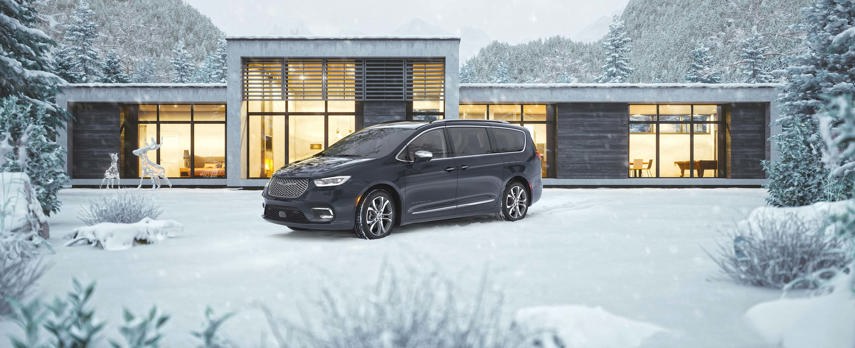
Other Automakers Find New Solutions
Another automaker, Stellantis (formerly Fiat Chrysler Automobiles), points out that the new all-wheel drive Pacifica underwent a significant amount of cold-weather testing to ensure systems like the heater, windshield wipers/defrost, rear window defrost, heated seats, and heated steering wheel all performed well in the most demanding conditions. Chrysler found that the minivan demonstrated unassisted starts at temperatures of −29°C and could even manage at −40°C with a block heater.
Some automakers also use unique features that make their products work harder for Canadians and our tough winters. Lexus uses different 12-volt batteries in its Canadian vehicles, for example, which are designed to withstand ultra-cold temperatures and ensure the car will fire up time and time again.
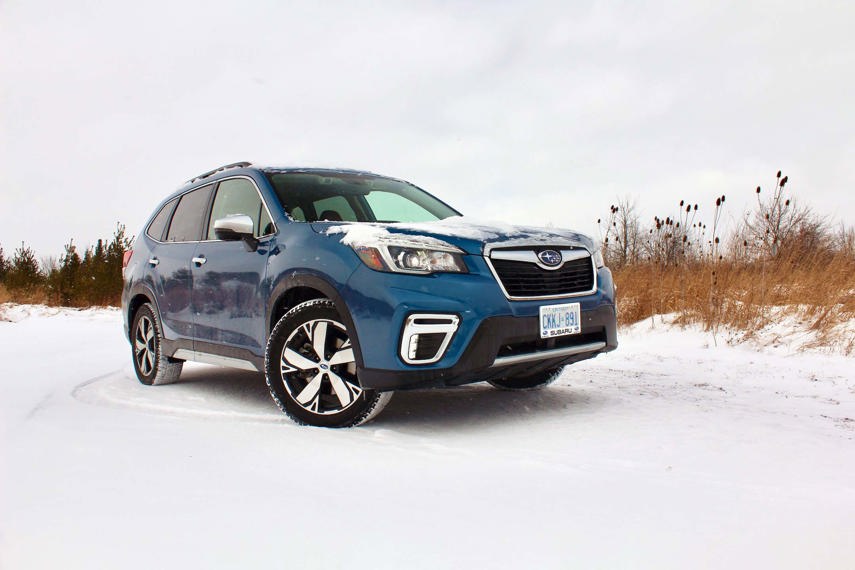
Reliability and Safety
When it comes to sensors and safety equipment, they don’t work if they’re obstructed by snow or ice, so Lexus even has a heater for its front-mounted cameras, so that features like adaptive cruise control and forward-collision warning still work in snowy conditions. Some automakers have washer jets aimed at the reverse cameras, which is perfect for when they get covered in road salt and are rendered completely useless.
Subaru went the extra distance with its safety system (called EyeSight) to ensure it will work in Canadian weather. “We spent four years testing and developing EyeSight in Canada, ensuring it would work in the conditions Canadians see every day,” said product expert Anton Pawczuk. The safety system’s main array of cameras and sensors are mounted close to where the rear-view mirror is and is constantly monitoring the road ahead, using lane markings, among other things, to help guide it.
He explained that EyeSight still works even if potholes are breaking up lane markings or if visibility is limited by snow. We’ve all driven during a snowstorm, and one of the challenges is that lane markings essentially disappear, so we adapt by following the tracks left by other drivers, a follow-the-leader type of navigation. In these conditions, EyeSight can still recognize the makeshift lane.
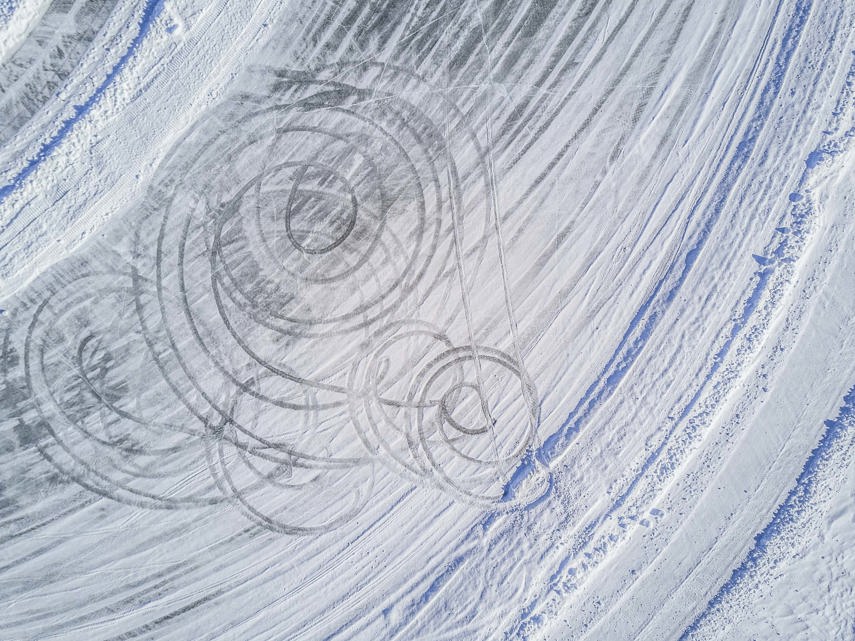
Cold weather testing involves so much more than just driving a car like a maniac around a frozen lake or just starting a car again and again in frozen locales. These tests help automakers develop and design their cars to stay reliable in the worst conditions, and help ensure Canadian vehicles are better packaged with more features to make driving in the winter easier and safer. Similar to how race cars are honed and perfected on the track with each lap returning new data and learnings, many vehicles on our roads have been thoroughly tested to survive our gruelling winters.
